Agamjot Bal
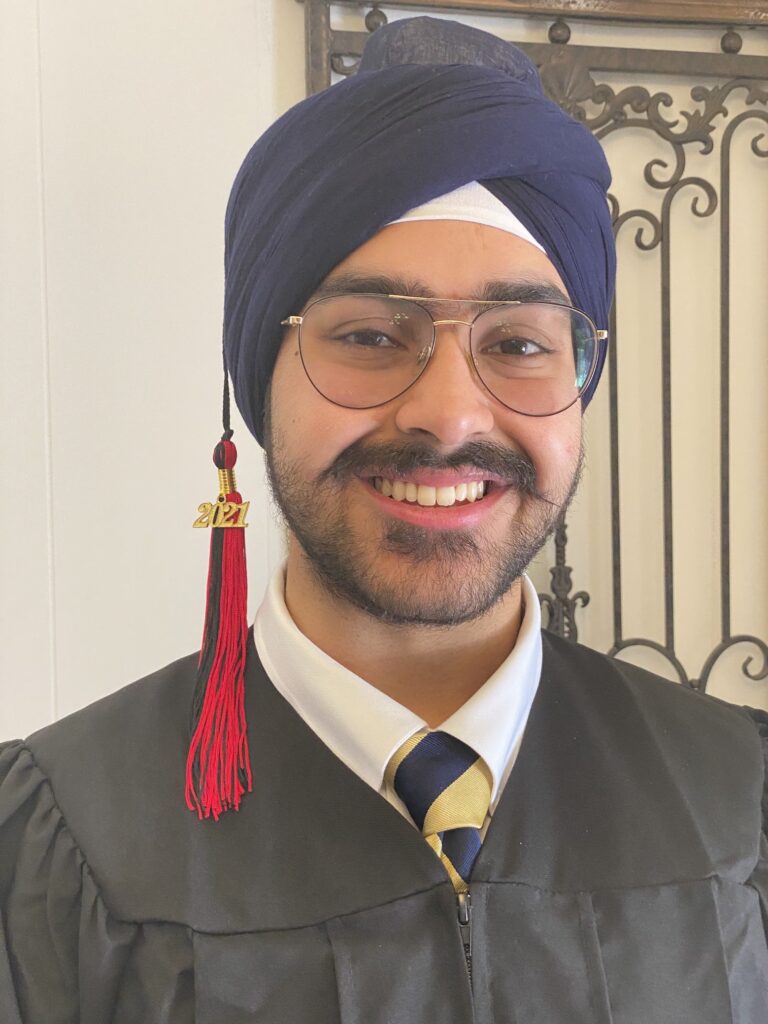
My project focuses on the production of recombinant NS1 of DENV1-4 and ZIKV strains from Nicaragua. These proteins will be used to investigate whether the antibody profile against NS1 is associated with DENV2 infection outcome in samples from the Nicaraguan Pediatric Dengue Cohort Study. Creating NS1 in this way will allow for proper protein folding, capture of the protein during purification, and assistance with coupling to microspheres for the Luminex analysis. This will provide further insights into NS1’s role in dengue infections and possibly open new avenues for in-house protein […]
Josh Barua
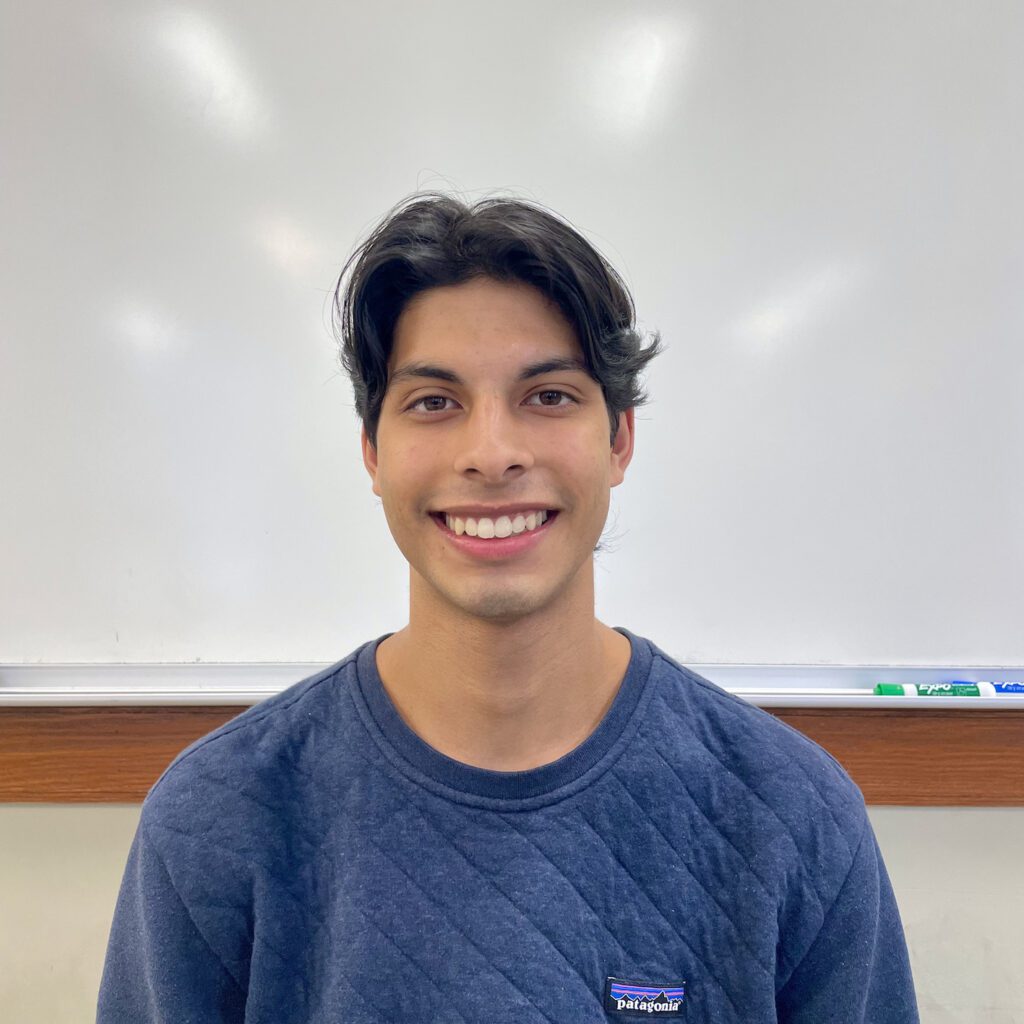
The emergence of unique semantic subdivisions of concepts across languages is a natural byproduct of cultural, geographic, and historical factors. One example of concept variation is the choice between “boli” and “pluma” when translating “pen” in Spanish. While both loosely translate to pen, boli typically refers to a ballpoint pen whereas pluma refers to a fountain pen (or even a quill in historical contexts). For non-native speakers, learning these subtle lexical rules that govern which translation to use can prove challenging without expert help. For my research project, we aim […]
Nishita Belur

In patients with Alcohol Use Disorder (AUD), repeated activation of dopaminergic neurons facilitates associative learning, as patients associate reward-predictive contexts with reward delivery, in this case, drug administration. AUD is difficult to treat because of the possibility of relapse, which can be modeled as reacquisition of a previously extinguished behavior in a reward learning context. Our focus is the “savings effect”, in which some “original memory” is “saved”, making reacquisition much faster than initial acquisition. The dominant model of reward learning, the Temporal Difference Reinforcement Learning model, relies on prospective […]
Brynn Brady
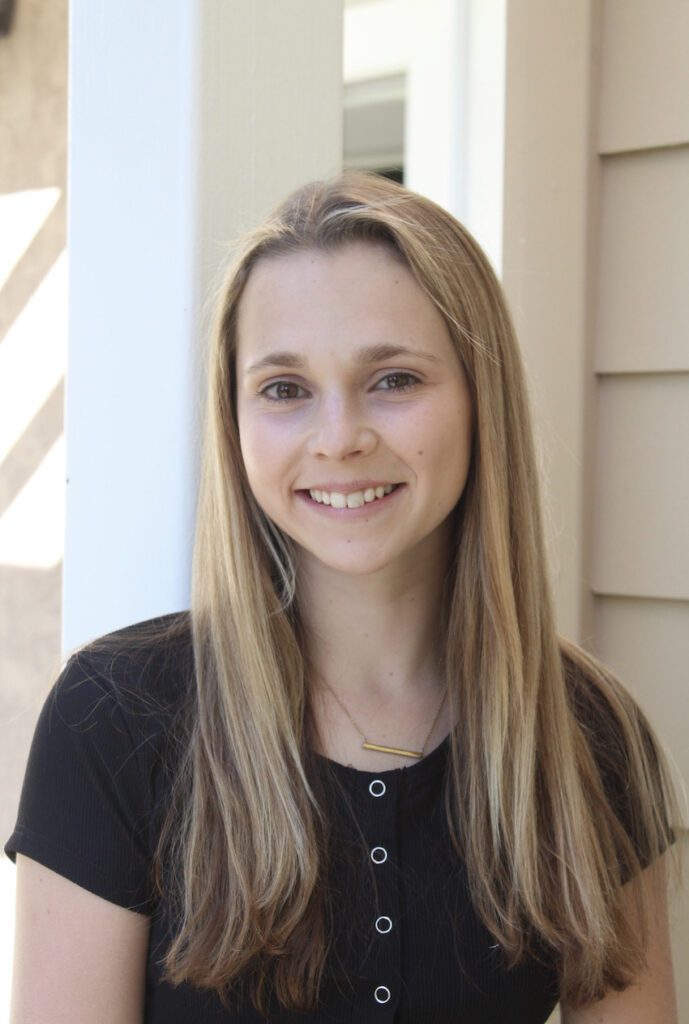
The molecular basis of evolutionary change in morphology is not well understood. Although progress has been made linking genes to morphological phenotypes through genetic knockouts, little is known about how genetic variation underlies observed morphological differences between organisms in nature. Recent studies propose that changes in non-coding genomic regions that regulate transcription called enhancers explain most evolved morphological variation. My research will test the hypothesis that changes in an intronic enhancer of a known developmental gene, Bmp6, underlie evolved changes in tooth patterning in fish. I will perform genomic knock-in […]
Adrian Caceres
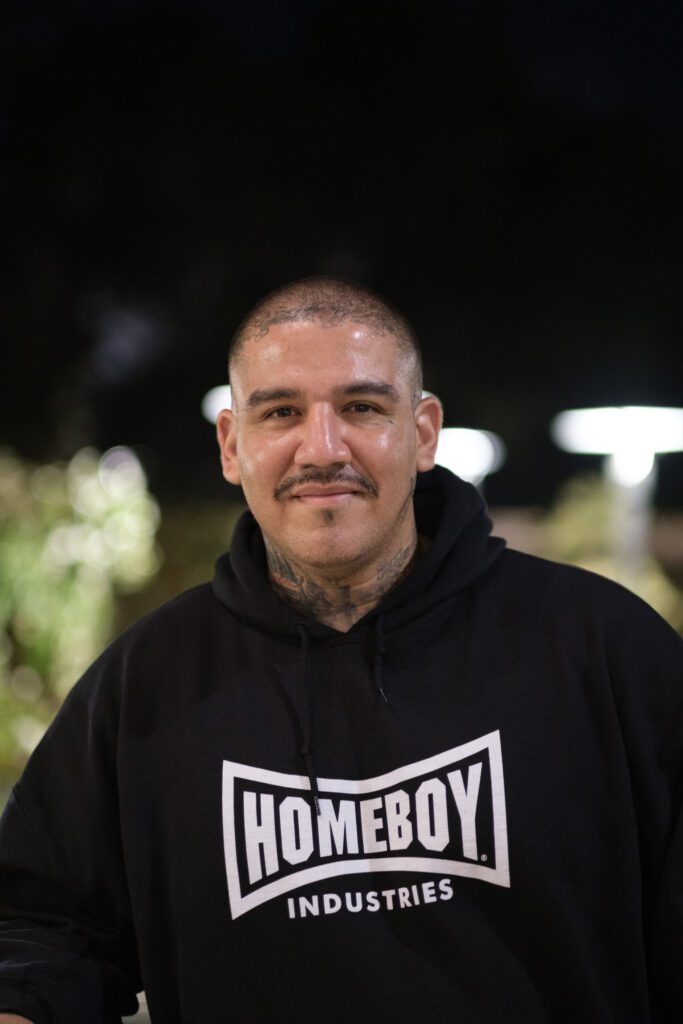
As a SURF fellow, my research explores the impact of societal and academic stigmas faced by formerly incarcerated or system-impacted (FI/SI) students who have participated in the Berkeley Underground Scholars Pipeline (BUSP) in contrast to those (FI/SI) students who made it to Berkeley on their own. Specifically, I examine whether participation in BUSP programs, such as cross-enrollment and others, helped these individuals feel less stigmatized compared to their peers who navigated their way to Berkeley without BUS support. This study aims to highlight the importance of structured support programs in […]
Lark Chang-Yeh
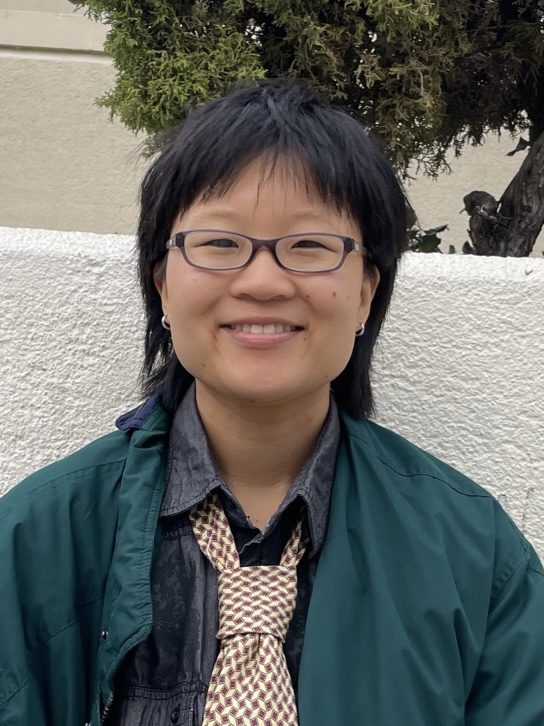
This research project will study the formation of Asian American Pacific Islander (AAPI) ballroom communities and drag troupes in the San Francisco Bay Area and how these groups navigate issues of race, class, and cultural appropriation within a predominantly Black cultural framework and history. Ballroom is a historically LGBTQ Black and Latine cultural practice in which individuals compete in events known as “balls” in various realness categories. These performances are a site of self-actualization, liberation, and reclamation of gender from hegemonic culture. My primary research question is: How have AAPI […]